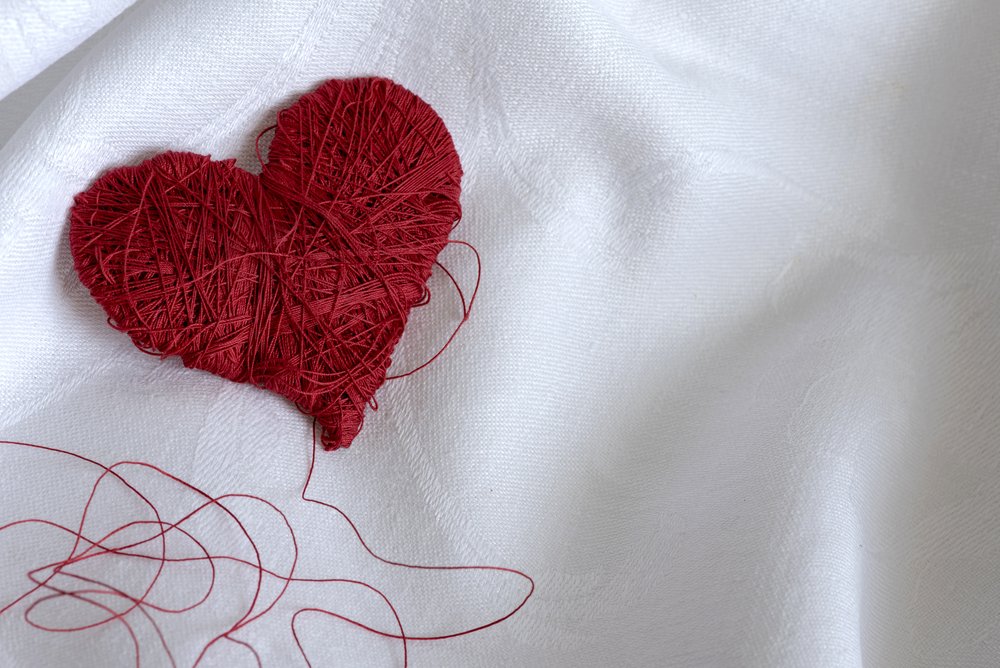Managing My Husband’s Hemophilia and Child-rearing Are Both Processes

“Write about the first time you witnessed me with a bleed,” offered my husband Jared as we talked about my column over breakfast.
Couples usually remember firsts. The first date. The first kiss. The first of anything special or unique to both of them, including the good and the bad. The first argument. The first fight. The first time they almost broke up (but didn’t). In my case, since I happened to date and marry a person with hemophilia, shouldn’t I have a recollection of my husband’s first bleed?
Surprisingly, I no longer remember the first time. I do, however, recall scattered instances back in college. We’d be walking around his campus, the way we usually do when he didn’t have classes to attend. (I happened to study at the neighboring university, so it was easy for me to visit.) Suddenly, he’d feel a twinge in his ankle. He’d tell me it could be just a flare-up of synovitis, a condition he developed due to chronic bleeding into his ankle joint. Or it could be the dreaded ankle bleed. But we wouldn’t know for sure which of the two conditions it was until after a few more hours.
By then, it would be extremely difficult for Jared to walk. If the bleed were more severe, or in a critical location like the iliopsoas region, he would need to be fetched from the university to get a transfusion and stay home in the following days to recover.
Ever since Jared and I started exercising more regularly at the gym, the bleeds have become less frequent. We’re both extremely thankful for this because it allows us to experience more of life and fulfill more of our responsibilities. These days, we go out almost every day for business matters and take an average of 6,000-8,000 steps, according to my fitness tracker. Jared manages this quite well, though he does get a flare-up of synovitis now and then.
Synovitis makes walking painful for him. To recover from it, he must take a steroid (prednisone) and rest. Recently, we’ve discovered that reducing his uric acid appears to lessen the severity of flare-ups. We experimented with avoiding nuts and beans and it’s seemed to work for him. If there’s another thing I’ve learned through the years about managing hemophilia, however, it’s that every patient may react differently to certain remedies. “Helpful” remedies may be used with caution, because as the expression goes, “YMMV” (your mileage may vary).
For me, learning to help manage my husband’s condition was a process — one that is still ongoing after four years. It will not stop even after our child is born.
Child-rearing can be a daunting task that requires a lot of energy. Sometimes, I wonder how we’ll make that work while managing Jared’s condition. There are various logistical considerations. For instance, we cannot take an upstairs room lest Jared have a bleed or a sudden seizure while going down the stairs carrying our child. And if Jared happens to get a severe injury, who will help me take care of an infant? If we go to our supplier, how will we bring our baby? What if Jared’s ankles flare up? Would it still be all right for us to walk around with a baby in tow then?
Looking back, maybe it’s OK that we don’t have all the answers right away. It did, after all, take me several years to learn how to manage my husband’s hemophilia. I’m still learning. Maybe it’s the same thing with kids and figuring out how to raise them, with hemophilia in the backdrop. It’s not always going to be easy. But I take comfort in the thought that each day, we learn. And we get better.
Note: Hemophilia News Today is strictly a news and information website about the disease. It does not provide medical advice, diagnosis, or treatment. This content is not intended to be a substitute for professional medical advice, diagnosis, or treatment. Always seek the advice of your physician or another qualified health provider with any questions you may have regarding a medical condition. Never disregard professional medical advice or delay in seeking it because of something you have read on this website. The opinions expressed in this column are not those of Hemophilia News Today or its parent company, Bionews Services, and are intended to spark discussion about issues pertaining to hemophilia.






Leave a comment
Fill in the required fields to post. Your email address will not be published.